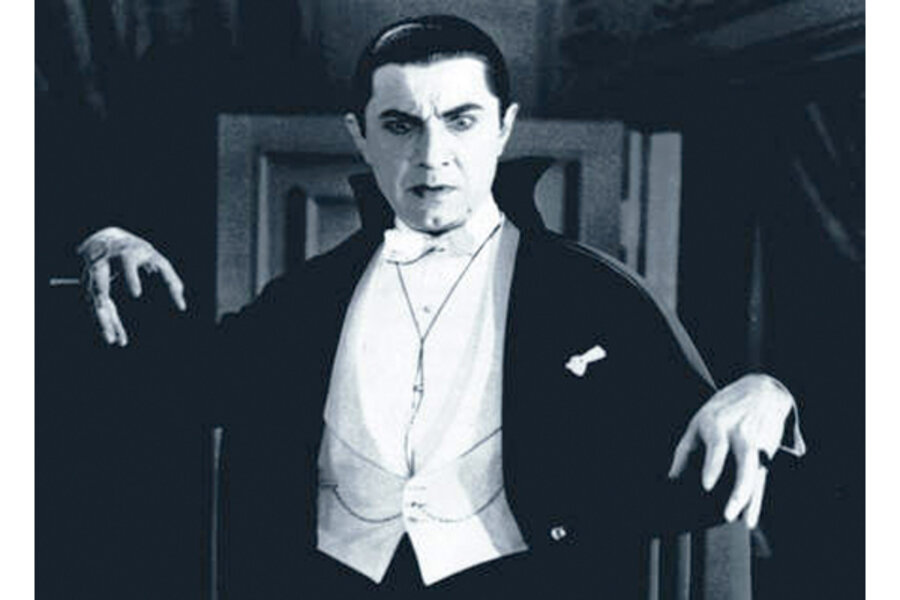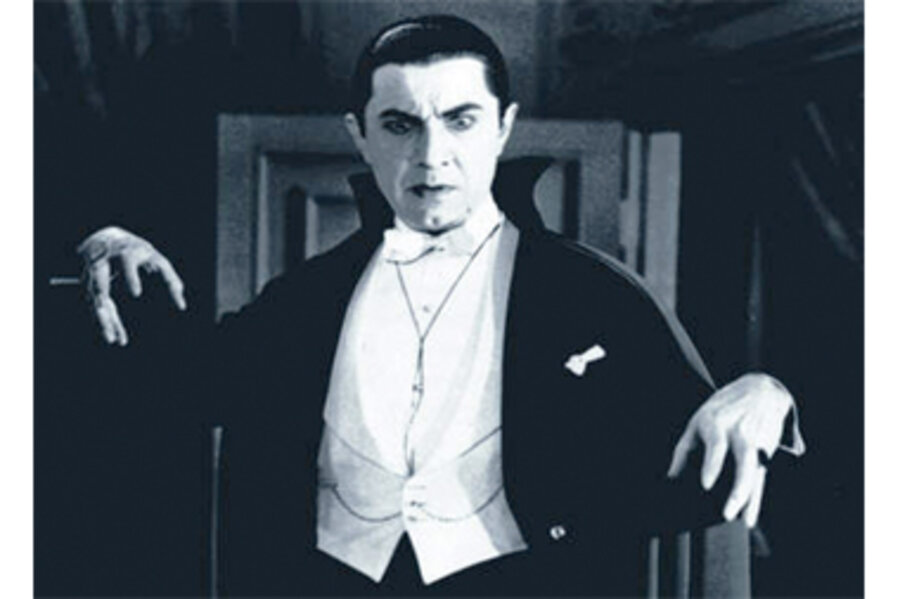The 1931 version of the story, which was directed by Tod Browning and stars horror actor Bela Lugosi as the Count, is still a beloved adaptation and was selected for preservation in the US National Film Registry. Lugosi was forever associated with the role and had played Dracula before on Broadway in the play on which the movie is based. The actor, who was Hungarian, used his normal way of speaking while playing the count.
Because of a lack of special effects available at the time, Lugosi as Dracula always “transformed” into a bat off-camera.
The movie did well at the box office and was reissued in 1936, but by then, the Hays Code, which advocated morality in films, was being enforced. One scene in which actor Edward Van Sloan acted as a sort of narrator and told the audience that “there really are such things as vampires" was taken out because it was believed it would offend religious groups.
A remark by Dracula that would be echoed in many other adaptations appeared first in this film. The vampire’s famous line, “I never drink… wine,” complete with dramatic pause, originated in the 1931 film and would later appear in the 1977 stage version starring Frank Langella, which would later be adapted into a movie.
“It is Lugosi's performance, and the cinematography of Karl Freund, that make Tod Browning's film such an influential Hollywood picture,” film critic Roger Ebert wrote of the movie in 1999.
The film removed the characters of Arthur Holmwood and Quincy Morris, two men who help hunt the vampire. Mina’s friend Lucy, a character whose defining characteristic in the novel is that she has many suitors, is not involved in any romances in the film and instead dies quickly. Dr. Seward, who is in charge of the asylum, is also Mina’s father in the film, though they are not related in the book, and Dracula meets his end in London rather than in his home country of Transylvania.






